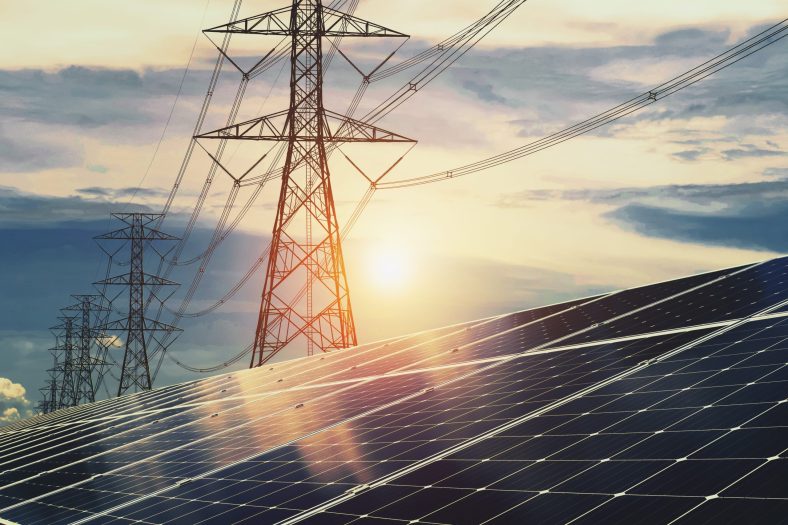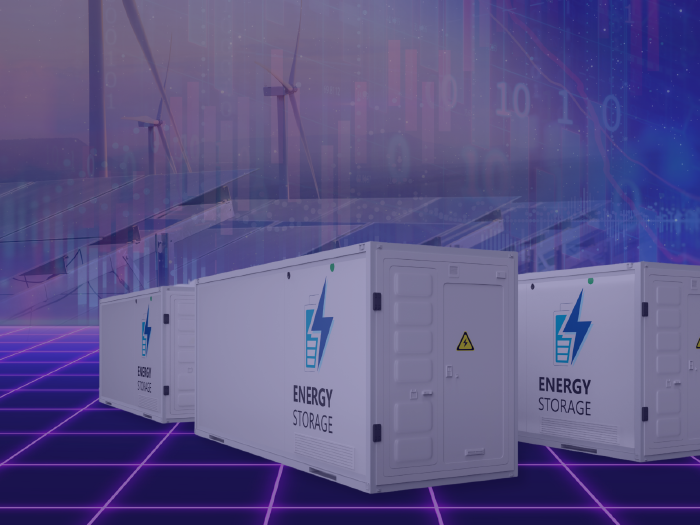News
better business decisions
Posted 3 months ago | 6 minute read

Decoding electricity prices: What influences your energy bill?
Wondering why your electricity bill fluctuates or why prices vary by region and time of day? Electricity prices often seem to fluctuate without clear reason. But the cost of electricity is shaped by a complex blend of global trends, local factors, and market dynamics.
In this article we break down the most important elements that determine how much you pay for electricity.
The balancing act
At the heart of electricity pricing lies the most fundamental economic principle: supply and demand.
When the demand for electricity increases prices tend to rise. Power grids are pushed closer to capacity, and utilities often rely on more expensive or less efficient energy sources to meet this increased demand. When demand falls or levels of renewables generation are high, electricity becomes cheaper due to lower strain on the grid and reduced generation needs. This push and pull is akin to a seesaw: the more unbalanced it becomes, the more noticeable the effect on pricing.
Climate and weather
Climate and weather are significant drivers of the price of electricity. Extreme temperatures, both hot and cold, lead to spikes in energy usage. Seasonal variations also affect how much electricity we use, and when.
Beyond temperature, sudden weather events such as storms, floods, or wildfires can disrupt energy infrastructure, damage power lines, or affect the availability of generation resources, all of which can lead to price surges. In regions more prone to unpredictable weather, consumers often experience higher volatility in electricity prices.
Fueling the cost
Another major influence comes from commodity prices, especially the cost of fuel used in electricity generation.
Many countries still rely on fossil fuels like coal, oil, and natural gas to power their electrical grids. When the global prices of these commodities change due to market dynamics, geopolitical tensions, or supply chain disruptions, the cost of producing electricity also changes.
This link between electricity prices and global energy markets makes your local energy bill a reflection of much broader economic forces.
Location
Where you live also plays a decisive role, especially when it comes to infrastructure and geographical location.
Every country brings its own set of unique characteristics that influence electricity pricing. Countries with well-developed, efficient grids and access to domestic energy resources tend to enjoy more stable, and often lower, electricity prices. In contrast, nations that rely on importing fuel or that have older, less efficient energy systems may see higher costs passed down to consumers.
In addition, the energy mix of a country, whether it leans heavily on renewables like hydro, wind, and solar, or remains dependent on fossil fuels, can significantly influence both pricing and sustainability. National consumption patterns, industrial demand, economic development, and even population density all feed into the broader picture of how much businesses and people pay for power.
Policies and regulations
Government regulations and energy policies also shape the electricity pricing landscape. Some governments subsidize energy production, reducing costs for consumers, while others impose carbon taxes or environmental levies that aim to promote sustainability but may increase prices in the short term.
Energy market liberalization, where private companies compete to supply electricity, can drive prices down through competition. However, in some cases, deregulated markets may also lead to price spikes during times of stress.
Policies that promote renewable energy adoption, grid modernization, and energy efficiency can have a long-term dampening effect on prices, but the upfront costs of such initiatives may be reflected in consumer bills.
Technology
Technology is an evolving factor that’s reshaping the cost of electricity. Innovations like smart grids, battery storage systems, and AI-powered energy management tools are helping utilities become more efficient and resilient.
While implementing these technologies requires investment, the long-term gains often include lower operational costs and reduced losses, the benefits of which eventually trickle down to consumers in the form of more stable prices. As technology continues to advance, it’s likely that its impact on pricing will grow even more significant.
How to mitigate the impacts?
The ability to be flexible about when you use energy represents both a value and a cost but there are ways to enhance and to monetize that flexibility.
One tool is the use of digital twins to model energy demand, generation, and storage. Digital twins are defined as “a relevant, virtual representation of the state and behavior of something physical or non-physical with a functional output in the real world”. Essentially a digital twin is a digital, and often real-time, copy of a real-life asset, process, or system.
Digital twins provide an unparalleled level of precision when it comes to analyzing energy demand. By creating a virtual replica of the entire site, every nuance of energy consumption is captured and scrutinized. Digital twins facilitate the creation of a comprehensive model that considers various factors affecting energy use, and therefore operating costs. This includes the integration of renewables, understanding peak demand periods, and strategically planning how demand, generation and storage assets can be best utilized to meet site requirements.
One of the unique propositions of digital twins in energy management is their ability to maximize returns while respecting operational constraints. On sites where specific parameters must be adhered to, digital twins allow for a tailored approach. Businesses can achieve peak efficiency within their operational requirements, balancing profitability with efficient operations. This precision allows businesses to identify real flexibility opportunities, enable more informed decision-making in optimizing energy and creating a more efficient and cost-effective energy strategy.
Conclusion
Your electricity bill is more than just a summary of how many kilowatt-hours you have used, it’s a mirror reflecting a complex ecosystem. By decoding these factors, you can gain a better understanding of not only what we’re paying for but also how electricity systems function on a local and global scale.
When this deep understanding is paired with a digital twin or an industrial facility the results can be transformative.
At GridBeyond we meticulously create a digital twin of your facility, gaining a granular understanding of your processes and unlocking hidden potential for demand flexibility. This enables:
- real flexible load identification: pinpointing the genuine flexibility in your energy consumption, we go beyond the surface, ensuring accurate insights into when and where adjustments can be made
- co-optimized trading strategy: crafting a trading strategy that seamlessly optimizes your flexible load across all available markets. We ensure your participation is strategic, yielding maximum returns while adhering to operating requirements






